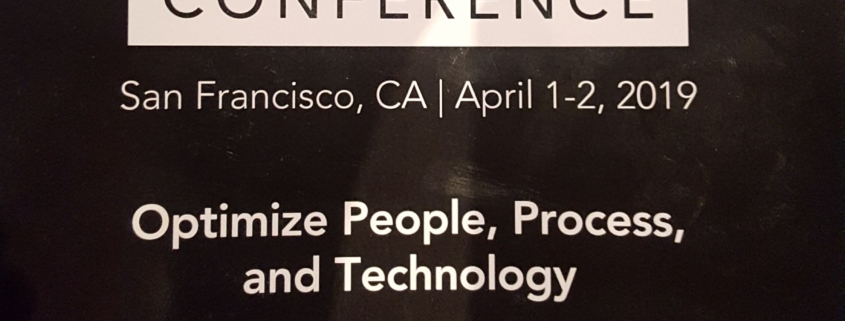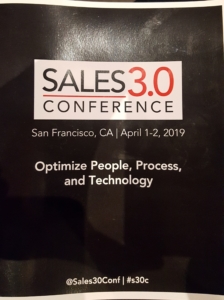Each of the engagements we have with our customers begins with a thorough understanding of their business objectives. We then back up and attempt to help our customers to identify how their customers get to them or if they initiate the contact. We delve into questions such as, what steps did the prospects that looked at their organization go through to get from interest to on–boarding?
The concept of the buyer’s journey
There is a lot of noise in the sales enablement space today about mapping “the customer’s journey” and then aligning it to the sales process. This is hardly a new approach. It is a dust–off of a three–decade–old concept, decked out with fresh wrapping paper, buzzwords and a shiny bow to get companies to think more about customers than themselves and the products they sell. A dust-off yes, but still a useful approach if it helps sales teams to understand the phases of the buyer’s journey.
In order to help our customers understand what is important to their customers, we rely on the research done by Neil Rackham. Rackham is the author of SPIN Selling. Rackham’s research yielded a chart that documents the three phases a buyer goes through, as well as what is important to the buyer in each of the phases. Much has been written about this research, and the use of the model has gone through adaptations when major innovative and market forces, such as the Internet, have entered the environment. But in general, the phases hold true.
- Phase 1 is called Solution Development. At this time, the main concern of the buyer is their needs, although we often replace the word “needs” with “business objectives.”
- Phase 2 is called the Evaluation. During this phase, the most important component to the buyer is proof: proof that your organization’s services and capabilities can match the buyer’s business objectives.
- Phase 3 is called Commitment. The most important component to the buyer when they are ready to commit, or make a decision, is risk. The risk comes from the uncertainty of knowing if their selection will do what was promised. This is especially true when moving from one competitor and another in the same industry.
Note that price and cost are of course concerns for the buyer, but never are they the most important concern at any point in the sales cycle. Despite what you have heard about phrases like “sharpen your pencil,” or “give me your best and final,” price is rarely the final factor, and you’ll see it’s conspicuously absent from the three phases described above.
Do you know which phase your buyer is in?
It’s important to understand what phase your customer is in when you engage with them and make sure you identify what’s important to them. You also must recognize when different buyers are in different phases. For example, you could have three different buyers in an organization at different places along the buying phases spectrum.
It is the sales person job to make sure that they cover all three of the buyers’ phases, regardless of where the buyer is on the initial contact. This is one of the reasons that proactive new business development is critical for sales people. If they can initiate the identification of a business objective, they will be in the driver’s seat to shape how that gets addressed, preferably in a specified solution that your competition can’t offer.
An engaged sales process means knowing your buyer’s business objectives, offering them proof, and getting them to commit.


 If you are in or near San Jose, Palo Alto or the Walnut Creek/Concord towns in the Bay Area, let John know if you’d like to meet this week. He will be there meeting with customers and prospects alike, sharing ideas on revenue generation, sales skill development and the importance of Coaching in each of those capacities.
If you are in or near San Jose, Palo Alto or the Walnut Creek/Concord towns in the Bay Area, let John know if you’d like to meet this week. He will be there meeting with customers and prospects alike, sharing ideas on revenue generation, sales skill development and the importance of Coaching in each of those capacities. Value proposition is a phrase that became ubiquitous during the 90’s dot.com (dot bomb?) era. You may still encounter this, or the “value messaging” term on a regular basis in the business world. Buzz word or not, value messaging will help quickly convey the value of your product or service without overwhelming or boring potential customers away in a landslide of features and benefits dumping.
Value proposition is a phrase that became ubiquitous during the 90’s dot.com (dot bomb?) era. You may still encounter this, or the “value messaging” term on a regular basis in the business world. Buzz word or not, value messaging will help quickly convey the value of your product or service without overwhelming or boring potential customers away in a landslide of features and benefits dumping.




